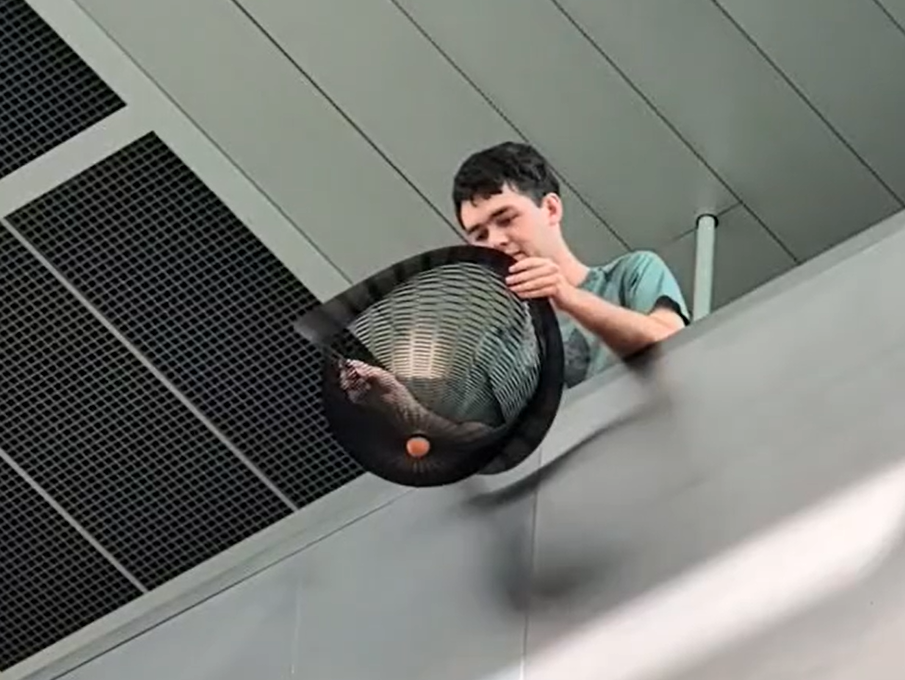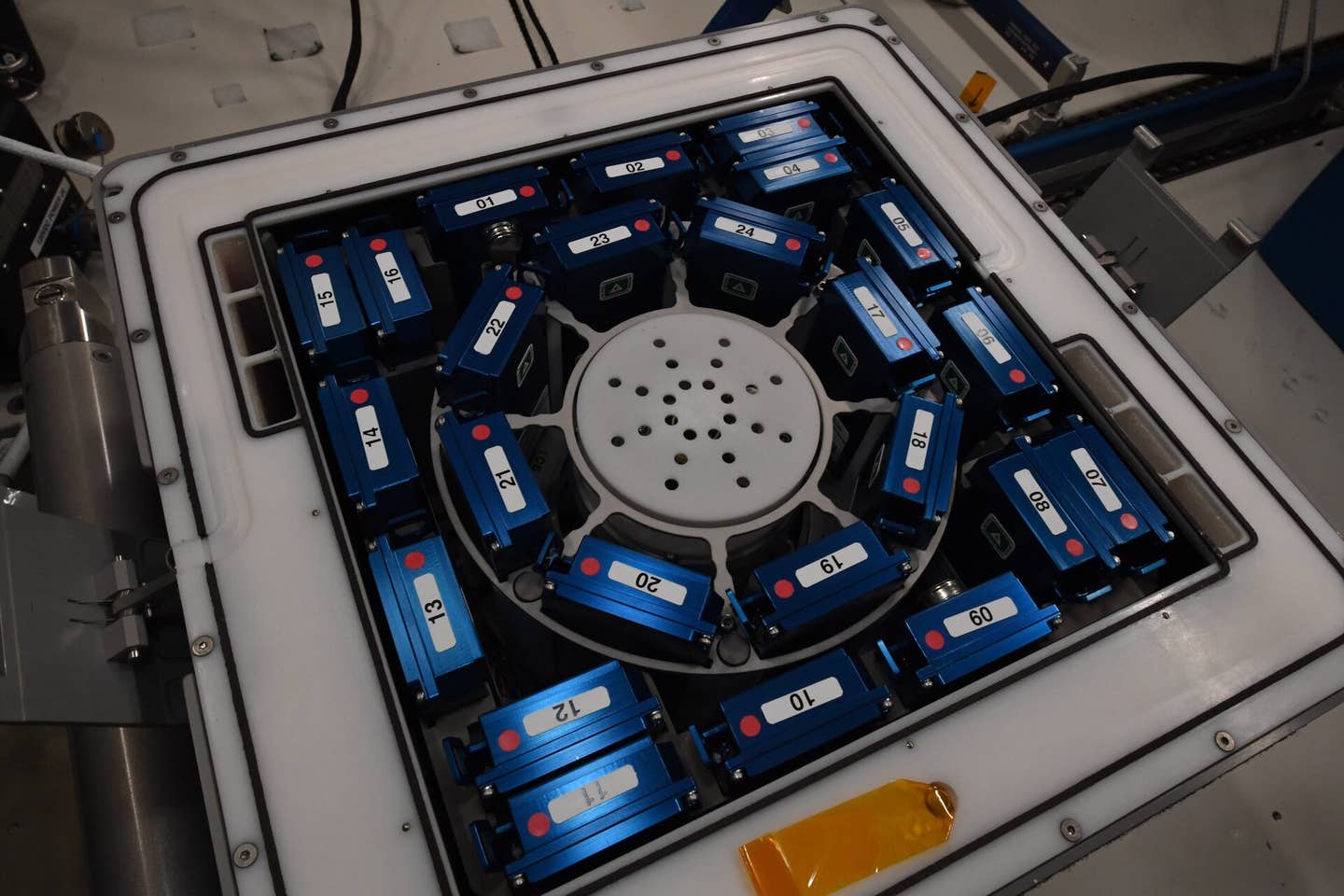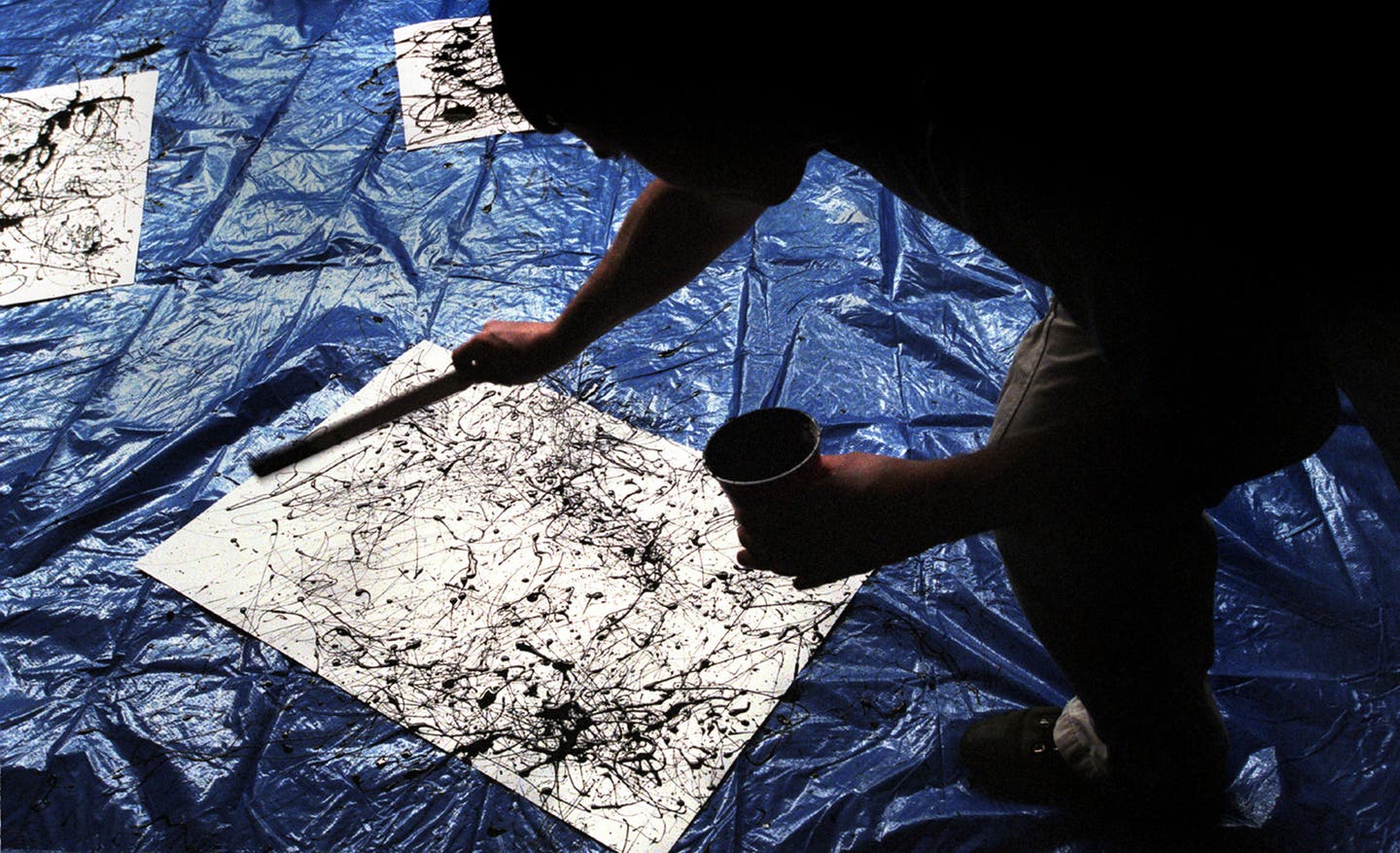Engineers reinvent the parachute using Japanese paper-cutting art Kirigami
Engineers create self-adjusting kirigami parachutes that make airdrops cheaper, more precise, and easier to scale.

A team of engineers in Montréal has reinvented the parachute using kirigami, the ancient art of paper cutting. (CREDIT: Frédérick Gosselin)
A humble concept from ancient Japanese design might remake the way supplies are dropped from the air. Polytechnique Montréal engineers designed parachutes based on kirigami—cutting paper into intricate patterns—that can automatically adapt in mid-air.
The design has the potential to make air deliveries more accurate, long-lasting, and cost-effective. Their research, reported demonstrates how science meets art to address useful problems.
From Origami to Aerospace Breakthrough
Kirigami differs from origami in one important way: instead of simply folding paper, it entails cutting too. Through deftly cutting designs into a planar sheet, kirigami enables that sheet to twist and stretch in a consistent way.
The research team from Polytechnique Montréal, led by Professors David Mélançon and Frédérick Gosselin, took this idea and applied it to engineering. They laser-cut circular shapes of plastic with cyclic "closed-loop" designs that cause the material to fold into an inverted bell shape as it descends—producing a stable, self-stabilizing parachute.
"The parachute stabilizes very quickly and does not pitch, regardless of the release angle," Mélançon said. "And unlike conventional parachutes, it maintains a hard-ballistic descent profile.".
Regular parachutes will drift, particularly when deployed at odd angles or into gusty conditions, frequently landing well away from the intended target. The kirigami-inspired models, however, drop more vertically, remaining close to the drop point with the cargo.
Engineering a Smarter Descent
The researchers' tests combined computer simulations, wind tunnel experiments, and real drops with drones. They built their prototypes by varying the number of radial cuts, thickness of the material, and the effect of cut spacing on flexibility. Each variable dictated the manner in which the parachute "reconfigured" when confronted with airflow.
For the smaller test models, researchers laser-cut thin sheets of Mylar. Larger ones, over a meter in diameter, were built in separate sections glued together with adhesive patches. Every model was tested to see how it responded when faced with drag, bending, and sideways motion.
Their results indicated two main modes of behavior. In Mode K, a stable, flexible deformation was dictated by the kirigami pattern. In Mode C, the material stiffened and became cylindrical. Mode K parachutes descended more straight and uniformly, while those in Mode C wavered more.
Even in low "load-to-area" ratios—when the dropped object is light in relation to parachute size—the new design fell as slowly as traditional models. But it also did a better job than them in accuracy, cutting drift and side acceleration.
Stable, Reliable, and Easy to Build
The most impressive achievement of the team was how consistently stable the kirigami parachute was. Launched at an angle or in turbulent air, it automatically stabilized itself, falling vertically with stability.
Because it is made from a single piece of material with no strings or seams, the design is unexpectedly simple. It may be laser-cut in a few minutes—or punched out by a die-cutting press for production in quantity. The parachute is attached to its payload by one suspension line, preventing tangling and deployment problems.
The manner in which the parachute acts doesn't alter even with the escalation of the device's size," Gosselin explained. "This indicates that it is feasible to scale up to larger applications."
Opening Up Possibilities
Although the team developed humanitarian aid drops such as food, water, and medical supplies, they believe that the design would also be useful for drone-delivered logistics, planetary exploration, and other space missions. Parachutes with low cost and high accuracy would enable smoother delivery of equipment or aid to remote locations, or even drop instruments onto other planets.
The scientists are already developing new patterns that would make parachutes spin, glide, or change descent rate depending on payload weight. "We want to modify the patterns to go even farther," Mélançon said. "This is an entirely new design effort that opens a multitude of opportunities."
Their FIRM software design tool is open source on GitHub. It helps other engineers to explore how different cut geometries affect aerodynamics and stability.
Practical Implications of the Research
This fusion of art and engineering could transform the transportation of goods across the world. The parachutes' affordability and precision would be ideal for disaster relief drops in regions stricken with tragedy, where every package needs to gently descend close to its target. The same technology could also enhance drone delivery systems, reducing lost resources and endangering fewer people.
Long term, kirigami-based parachutes might even be used for space exploration, light, foldable solutions for landing small probes or instruments on other worlds.
By reducing design and manufacturing complexity, this work also suggests a more responsive, efficient future for air delivery, and beyond.
Research findings are available online in the journal Nature.
Related Stories
- 'Cyborg Jellyfish' could transform ocean research, study finds
- Origami paper sensors could help early detection of infectious diseases
- Unique folding design leads to heart sensor with smaller profile
Like these kind of feel good stories? Get The Brighter Side of News' newsletter.
Rebecca Shavit
Science & Technology Journalist | Innovation Storyteller
Based in Los Angeles, Rebecca Shavit is a dedicated science and technology journalist who writes for The Brighter Side of News, an online publication committed to highlighting positive and transformative stories from around the world. With a passion for uncovering groundbreaking discoveries and innovations, she brings to light the scientific advancements shaping a better future. Her reporting spans a wide range of topics, from cutting-edge medical breakthroughs and artificial intelligence to green technology and space exploration. With a keen ability to translate complex concepts into engaging and accessible stories, she makes science and innovation relatable to a broad audience.



